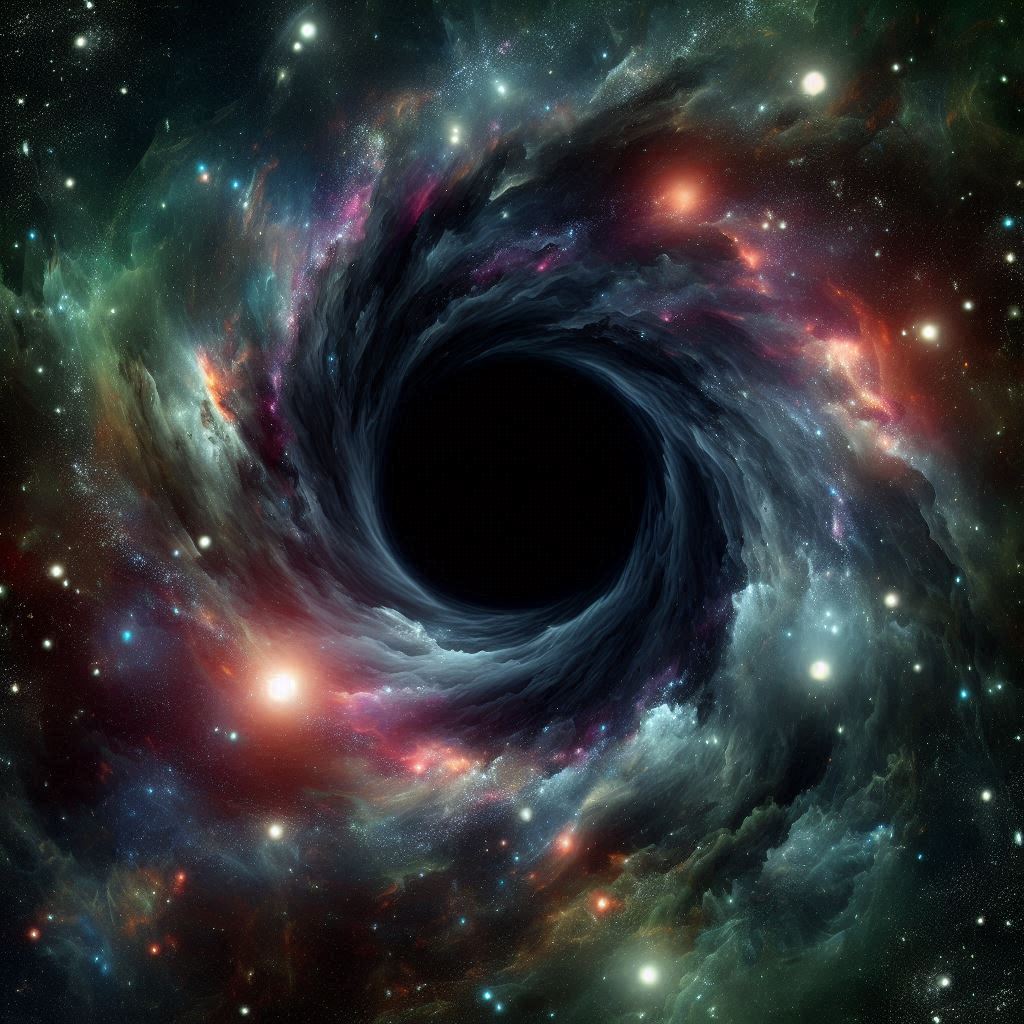In the vast, mysterious fabric of the universe, matter and energy play roles far beyond what our eyes can perceive. They are not just the building blocks of stars, planets, and everything around us; they are also powerful influencers of spacetime itself. In a way, they act as cosmic magnifying glasses, concentrating the very fabric of spacetime into smaller volumes. But what does this really mean, and how does it shape our understanding of the universe?
Understanding Spacetime: The Canvas of the Universe
To grasp the idea of matter and energy concentrating spacetime, we first need to understand what spacetime is. In Einstein’s theory of general relativity, spacetime is the four-dimensional fabric that combines the three dimensions of space with the one dimension of time. Instead of thinking of space and time as separate entities, Einstein showed that they are interconnected and that they can be curved or stretched by the presence of matter and energy.
Imagine spacetime as a flexible sheet. When you place a heavy object on it, like a bowling ball on a trampoline, the sheet bends around the object. This curvature represents gravity. The heavier the object (or the more energy it has), the deeper the curve it creates. This is why planets orbit stars, and why light bends around massive objects—a phenomenon known as gravitational lensing.
Matter as a Spacetime Concentrator
Matter, especially in large quantities, has a profound effect on spacetime. Take a star, for instance. A star’s mass warps spacetime around it, creating a gravitational field that pulls objects toward it. The more massive the star, the greater the curvature of spacetime it causes. In this sense, matter acts as a magnifier, concentrating spacetime into a smaller region.
Now, let’s consider a more extreme case: a black hole. A black hole is formed when a massive star collapses under its own gravity, compressing its mass into an incredibly small volume. The result is a point in space with such intense gravity that not even light can escape it, known as a singularity. At the singularity, spacetime is thought to be infinitely curved, meaning that spacetime is concentrated to its utmost limit. Here, matter has not only curved spacetime but has also squeezed it into an almost unimaginably small volume.
Energy as a Spacetime Magnifier
Energy, like matter, also has the ability to warp spacetime. According to Einstein’s famous equation:
E = mc2
energy and mass are interchangeable, meaning that energy can also create curvature in spacetime. This is why photons (particles of light) are affected by gravity despite having no mass—because they carry energy.
A fascinating example of energy concentrating spacetime is in the concept of gravitational waves. These waves are ripples in spacetime caused by violent astrophysical events, like the collision of black holes. As these waves pass through spacetime, they temporarily concentrate it, stretching and compressing the distances between points in space.
The Implications: A Deeper Understanding of the Universe
The idea that matter and energy act as magnifiers for spacetime is more than just a theoretical curiosity. It has profound implications for how we understand the universe. It helps explain the behavior of celestial bodies, the formation of black holes, and even the overall structure and evolution of the cosmos.
Gravitational lensing, for instance, allows astronomers to observe distant galaxies that would otherwise be hidden from view. By studying the way light bends around massive objects, we can map the distribution of dark matter, which doesn’t emit light but has a gravitational influence on spacetime.
Moreover, understanding how spacetime is concentrated can lead to deeper insights into the nature of gravity itself, potentially unlocking new theories that go beyond Einstein’s general relativity, such as quantum gravity.
